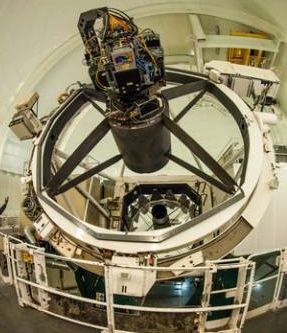
17/06/2015
First light for PAU camera, designed to study dark energy
First light for PAU camera, designed to study dark energy
More news
21/03/2017
Barcelona Synchrotron Park Sponsors the Sixth Ideas Generation Program
16/03/2017
A new class of inhibitors against pain investigated at the ALBA synchrotron
07/03/2017
Building a University Residence in the Barcelona Synchrotron Park
01/03/2017
How Biodiversity is Supported in the Barcelona Synchrotron Park
23/02/2017
A Superconducting Electrical Generator in ICMAB
15/02/2017
Catalonia, a Gateway for China in Europe









